Are Shorter Ranges of Motion Cutting Your Gains Short?
Program design encompasses a lot of variables to address. We can talk about sets, reps, exercise selection, exercise order, rest periods and put something really great down on paper. But you can take that great plan and if your execution is lacking and your quality of each rep is poor then that great plan just went to shit.
One variable to look at is how you execute each rep; this can be a larger factor in the effectiveness of each rep for hypertrophy. I’ve seen so many people using quarter reps and constant tension or full ranges of motion (ROM), so what does the literature say about how much ROM we should really being using to optimize hypertrophy gains?
Study: Effects of Range of Motion on Muscle Development During Resistance Training Interventions: A Systematic Review
Purpose: Systematically review current hypertrophy literature comparing different ranges of motion on hypertrophy outcomes.
Subjects and Methods: Well we were limited to only 6 studies that fit the inclusion criteria. Criteria for inclusion was subjects had to be randomized to groups, compare ROM without manipulating other variables, use hypertrophy measure such as MRI or ultrasound, intervention had to be 6 weeks in duration and consist solely of resistance training.
· 4 studies were lower body hypertrophy focused
· 2 studies were upper body hypertrophy focused
· 5 out of 6 studies were on untrained lifters
Results: Three of the lower body studies and one of the upper body studies found greater hypertrophy using long ROM. One lower body study found similar growth and the other upper body study found more growth with shorter ROM.
Interpretation: The main mechanism for muscle hypertrophy is mechanical tension. Active tension is present when a muscle contracts and passive tension is present when a muscle is stretched. So, loading a muscle under a full stretch and contracting causes a greater summation of tension total, possibly explaining better growth with full range of motion due to high tension levels. Tension is sensed at the costameres (located at the ends of where muscle connects to fascia) which activated focal adhesion kinase, responsible for mTOR signaling, in other words tension is sensed end to end of a muscle, so both passive and active tension are hypertrophic.
Also, another role for improved results with full ROM is possible deoxygenation of muscle tissue under stretched positions increasing metabolites and cell swelling. In the one upper body study using partial ROM in a tricep extension the potential for increased muscle deoxygenation was higher due to the muscle essential being unable to rest at the lockout position. Think about a Hack squat and locking you knees and hips at the top and just resting there in that position, not much tension going on and you can catch your breath and keep lifting. This also prevents the muscle from reaching that high fatigue level needed to recruit high threshold motor units as failure approaches. Now, caveat to this if you train to failure regardless the constant tension debate does not hold as much weight, but you may generate excessive fatigue by prolonging sets and resting without tension on the muscle.
Takeaway: In general training through a full ROM and loading the lengthened phase will produce more hypertrophy. This takes me back to the teachings of Dante Trudel’s DC training where he put emphasis on loading the stretched phase of the muscle and finding movements that did so. He swore by this method for greater gains. Even recommending stretches under load and holding it for 60 seconds. This does also not mean training outside of your active range and risking injury.
However, exercises that have a loading pattern that decrease tension at end ranges where the muscle comes to a resting point might serve better to decrease the range of motion or find a movement patter that better loads the full range of motion.
What exercises have you found led to more growth with larger ROM?
Brain Gains for Muscle Gains!
John Jewett MS RD
- Schoenfeld BJ, Grgic J. Effects of range of motion on muscle development during resistance training interventions: A systematic review. SAGE Open Med. 2020 Jan 21;8:2050312120901559.
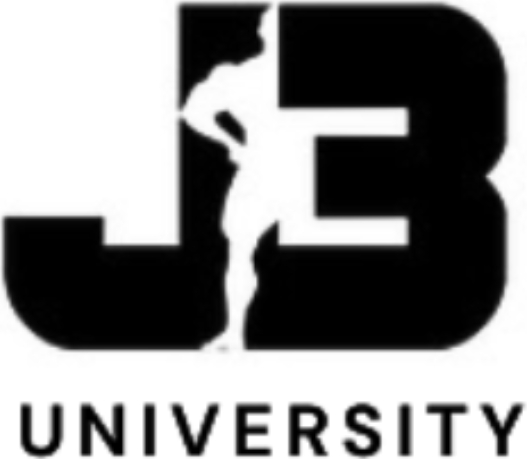




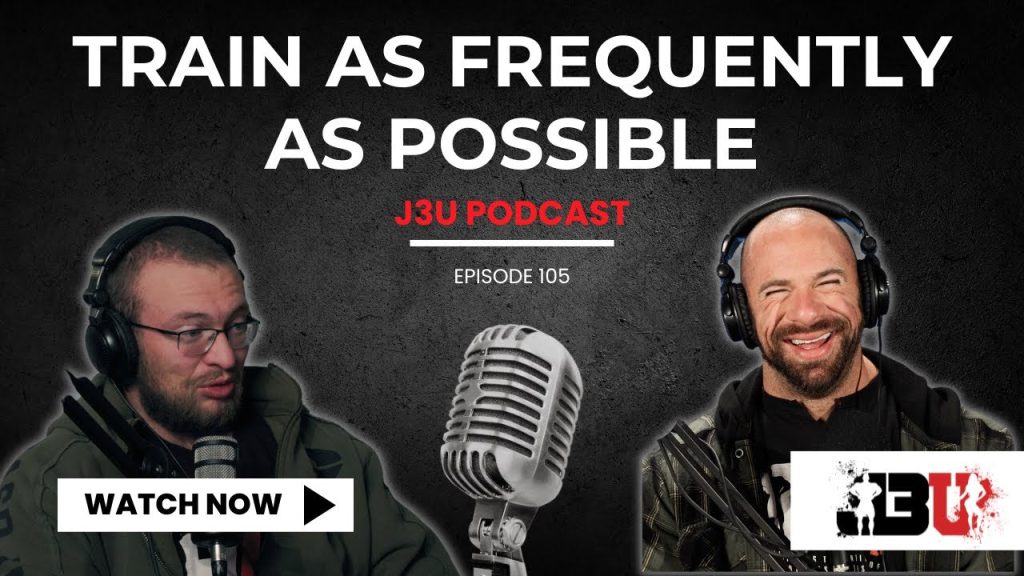
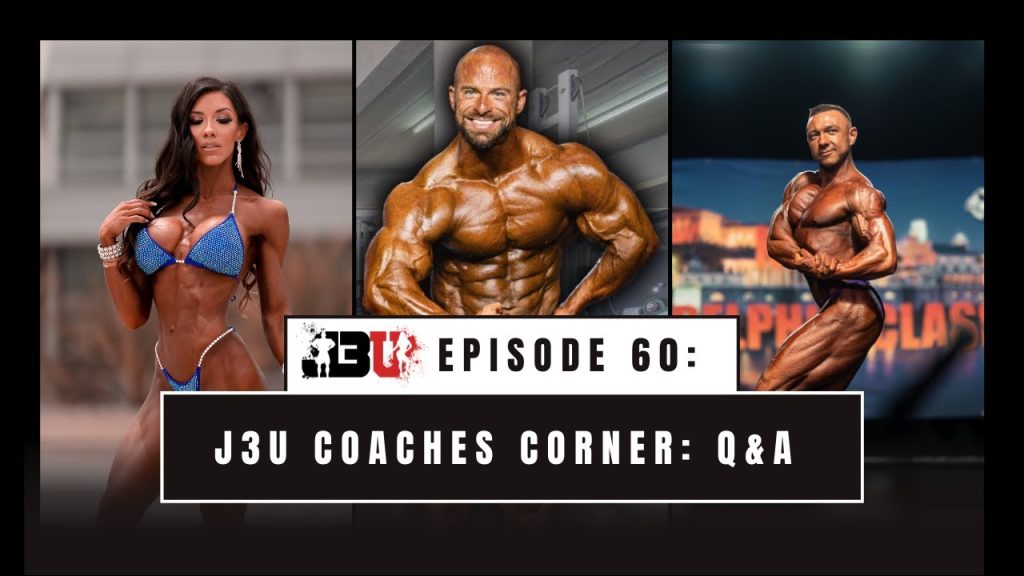
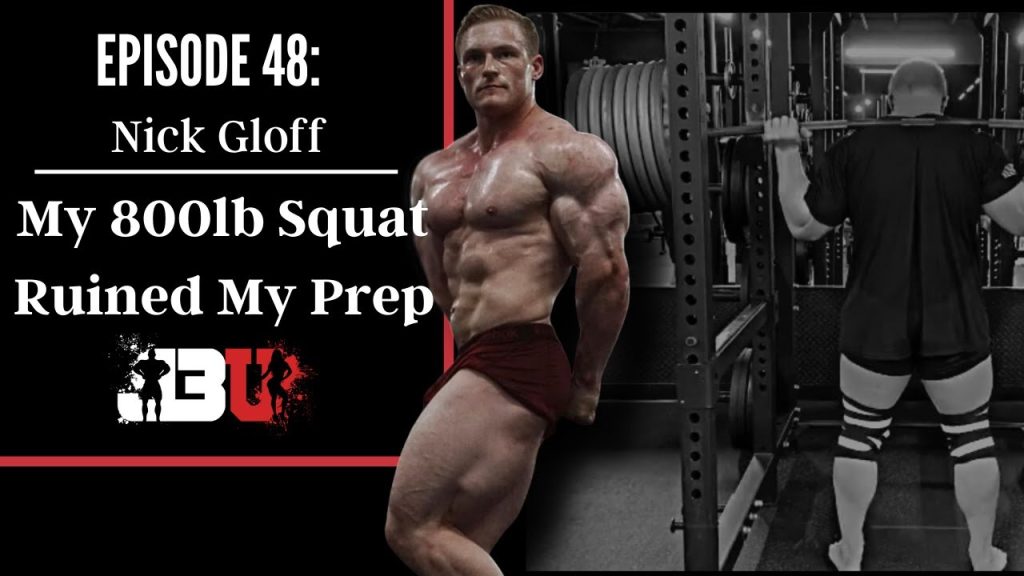
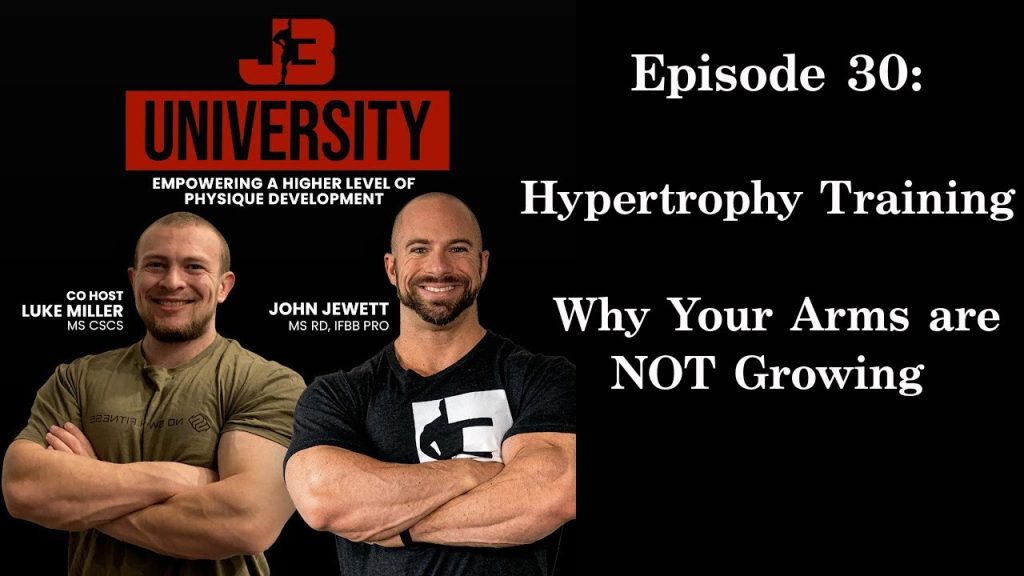
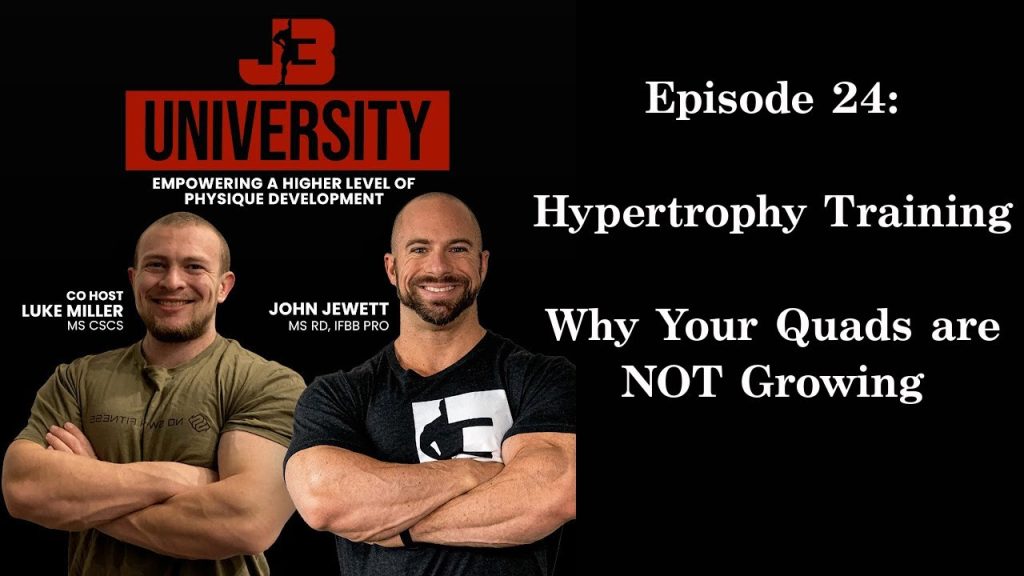
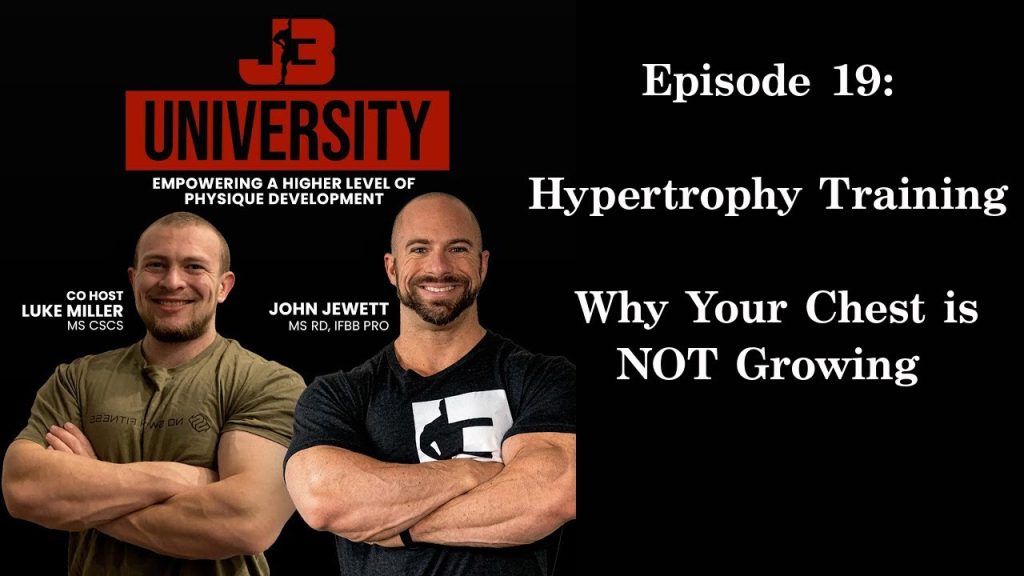
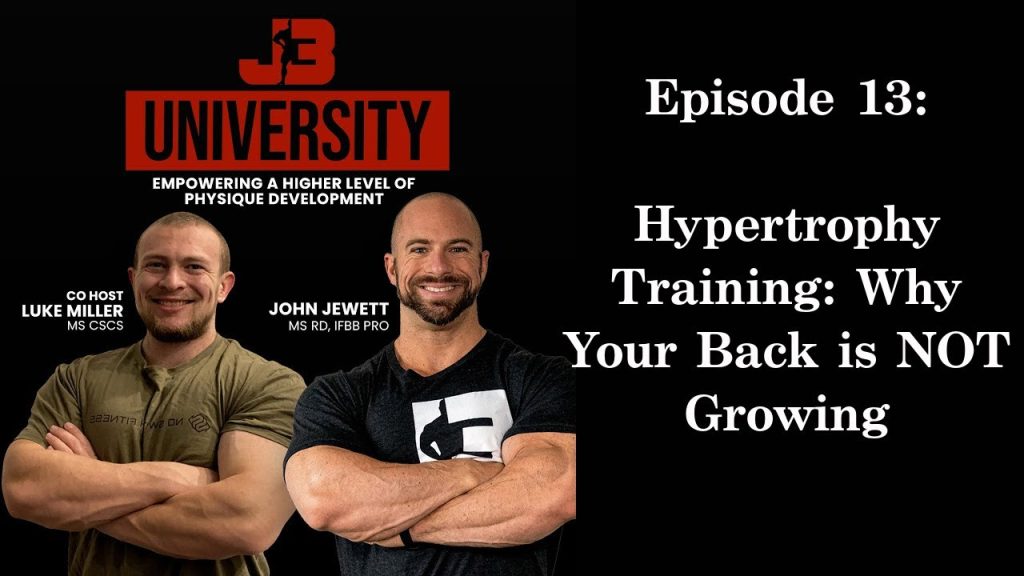
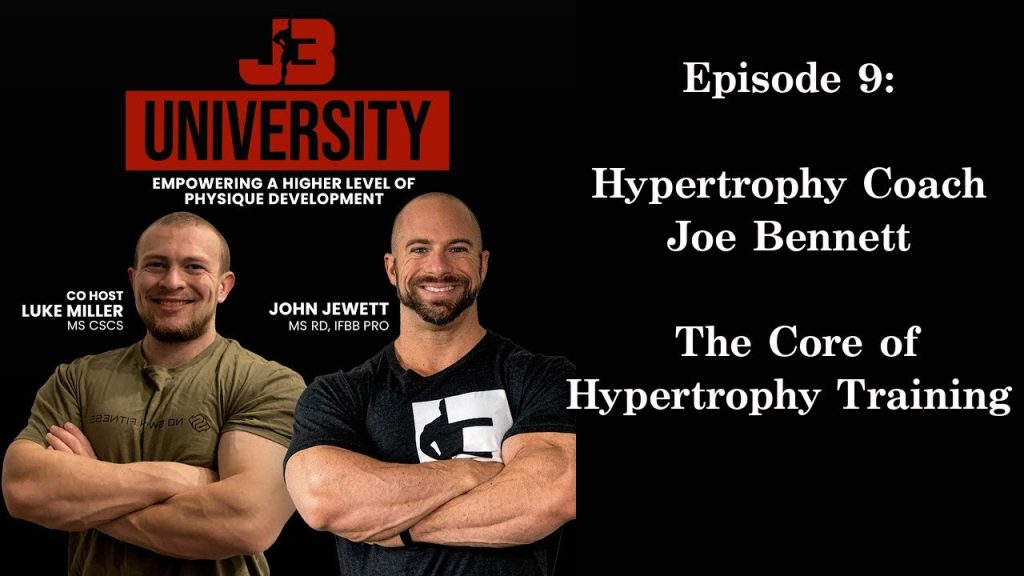

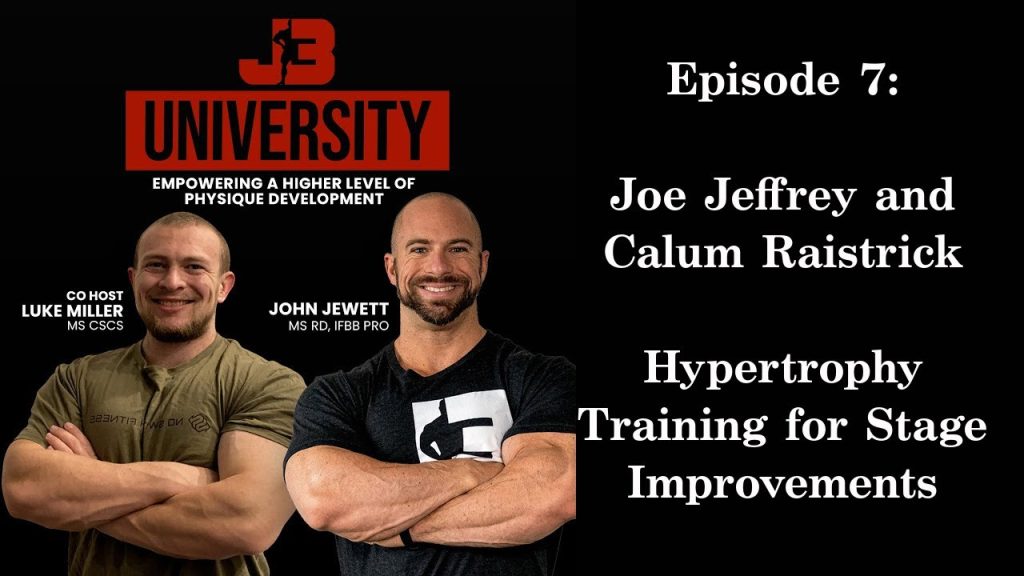
Responses